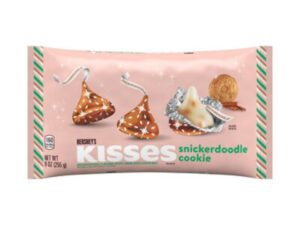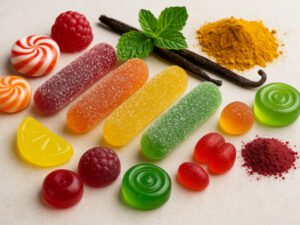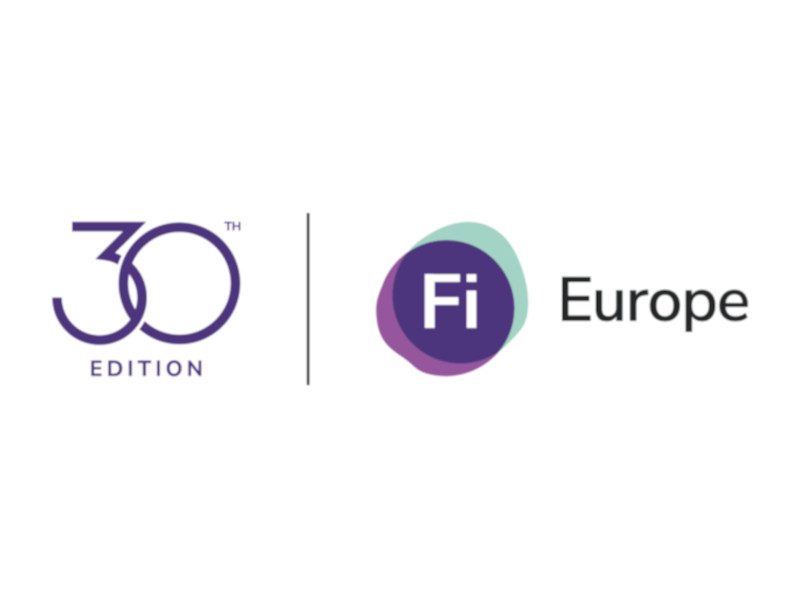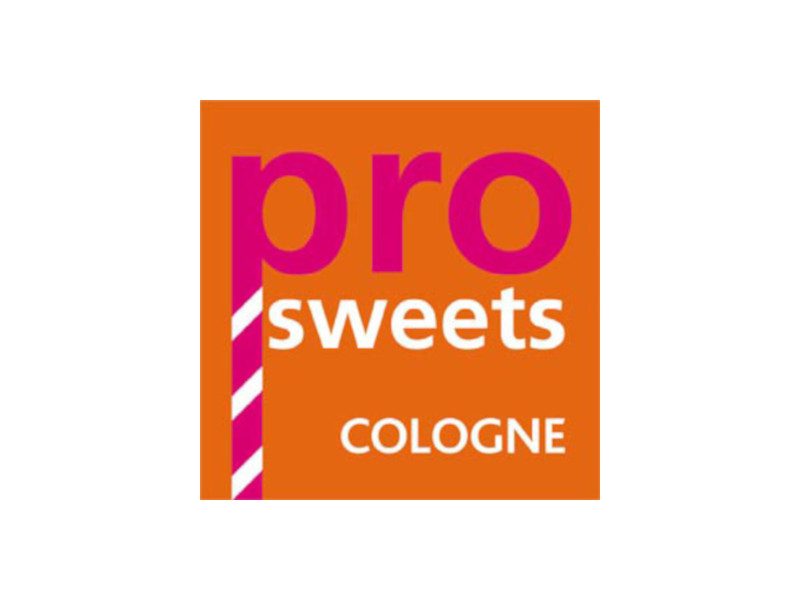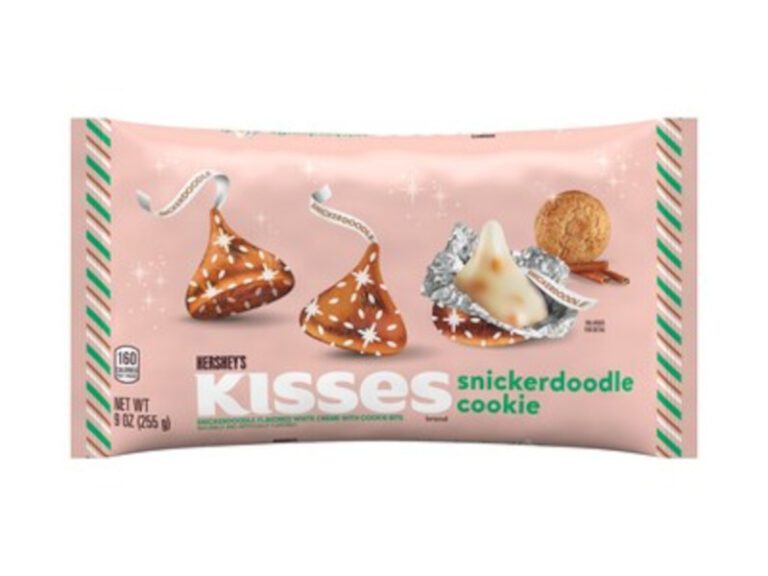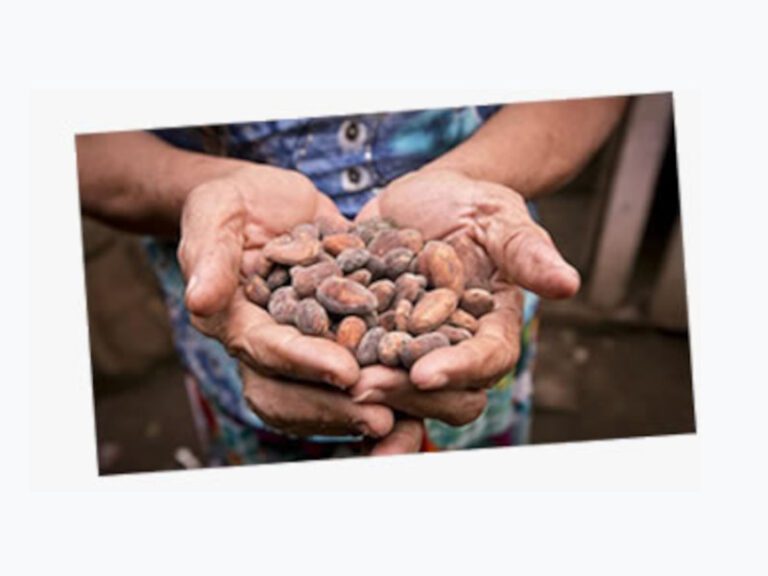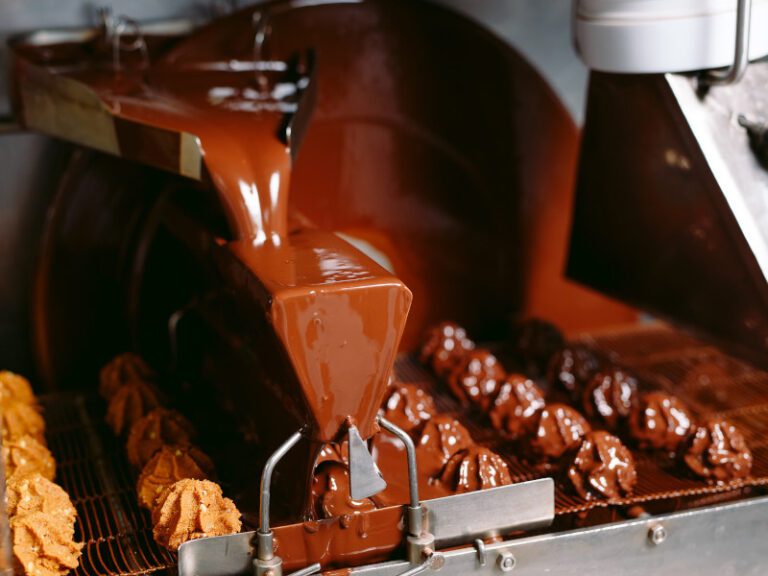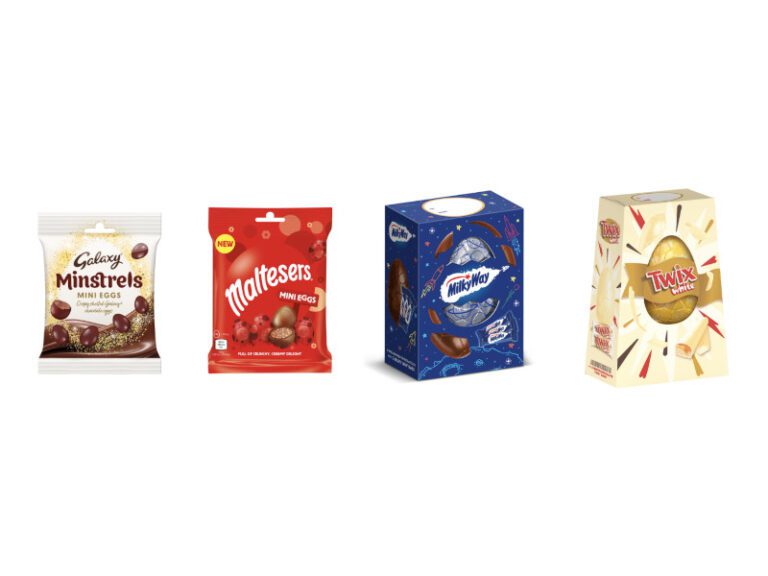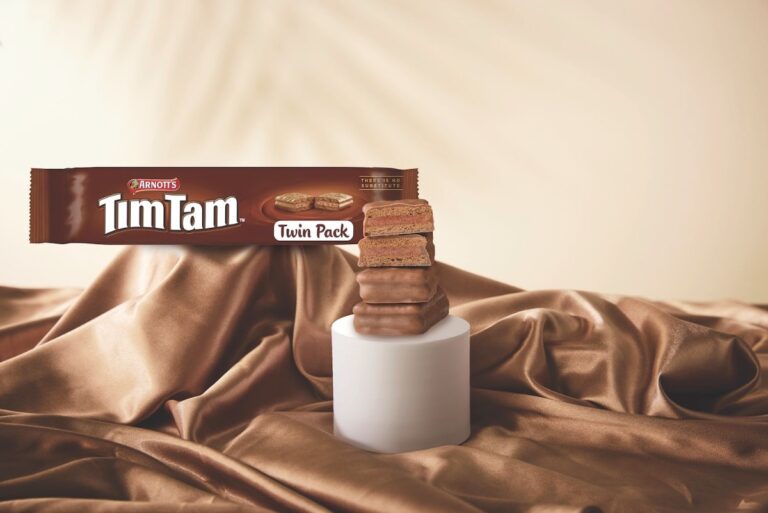Chocolate’s allure is timeless, but consumer tastes and market trends are constantly changing. It is chocolate’s ability to adapt that has helped it remain the world’s favourite indulgence. This adaptability can most obviously be seen in the rise of no added sugar’ alternatives – up by over 17% since 2016.
As lockdowns saw people turn to home cooking in greater numbers, they began to focus on the ingredients they use and the impacts they have on their health. Personal wellness is a trend that has been accelerated since the pandemic, many people adopting a ‘be good to your body’ mindset. While chocolate is essentially a combination of liquor, butter, and sugar, consumers are increasingly looking for products that are sweet but aren’t loaded with extra sugar in pursuit of balance.
The challenge for consumers is to find products that allow them to make smarter decisions, with simpler, healthier, and lower-calorie choices. The challenge for brands is to meet this need, alongside emerging government and public health pressures, with some countries, such as the UK, guiding producers to deliver a 20% reduction of sugar in foods – including chocolate.
With each sugar substitute or alternative coming with unique advantages and disadvantages, selecting the right alternative may not be as simple as it first seems.
Erythritol is approved for use in UK, EU and US, and is naturally occurring in some fruits, as well as fermented foods like wine and cheese. It has 6% of the calories of sugar but 70% of its sweetness. The downside is that its higher cooling characteristics demand the addition of fibre to reduce the cooling effect maintaining texture.
Maltitol is approved for use in UK, EU and US and delivers between 75% and 90% of the sweetness of sucrose. The downside is that its relatively high glycaemic index (GI) of 35 means that it isn’t always suitable for use by diabetics. It has been used widely in the chocolate industry when it comes to sugar substitution, given the fact that it replaces sugar in a 1:1 ratio with a closer sweetness level to regular sugar.
Stevia is approved for use in UK, EU and US and is a completely natural sugar substitute made from the stevia plant. It offers zero calories yet delivers 100 – 300 times the sweetness of sugar. The downside is that it can leave a distinctly metallic and bitter aftertaste. The use of this ingredient in chocolate manufacturing signifies working synergically with other ingredients like fibres, given the notorious percentage of participation in a formula.
As we can see, there is no perfect single alternative. With choices impacting flavour, calories and textures, finding the right substitute can be difficult. Luker have developed a new range of chocolate covertures using a blend of sweeteners, hoping to combat the issues that often come with replacing sugar in chocolate.
Luker is focused on meeting consumer needs and began the development of covertures using alternative sweeteners that would deliver a healthier product. Eight years of testing and tasting from Luker’s experts has seen the combination of two of these alternatives in their products: Stevia and Erythritol. The challenge has been to heighten the positives of each and eliminate the negatives. Luker’s research has delivered a blend that is kind to teeth, delivers a low GI and avoids the laxative and digestive problems that can be associated with other sugar alternatives.
The resulting no added sugar Luker Chocolate creations deliver fewer calories and are better for our bodies, while also containing naturally derived products such as Stevia. Above all else, they bring us the sweetness, texture and classic taste of Luker Cacao Fino de Aroma chocolate.
Stay up-to-date on the latest industry news and developments in our magazine.
Media contact
Editor, International Confectionery
Tel: +44 (0) 1622 823 920
Email: editor@in-confectionery.com


